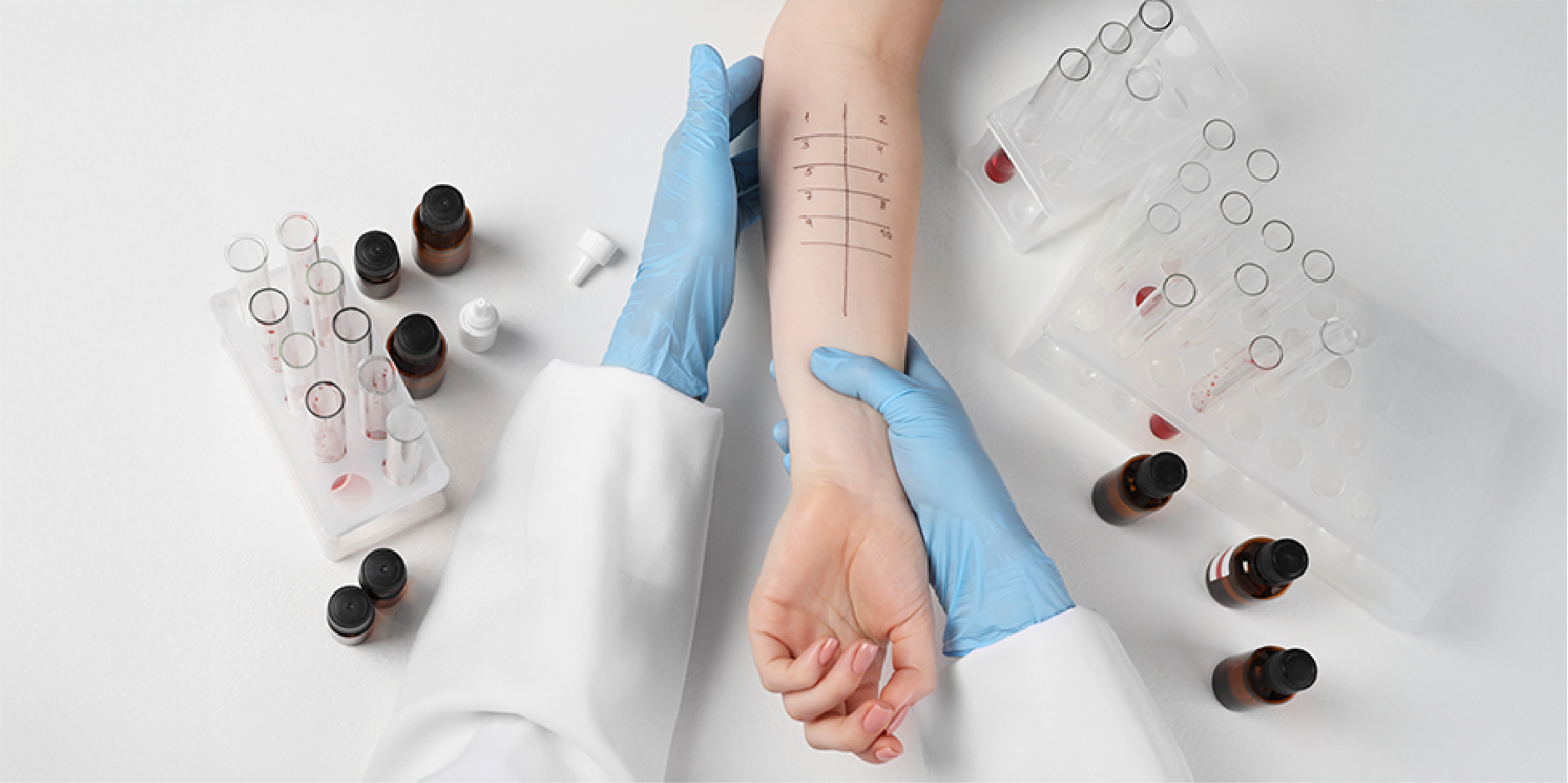Content:
Laboratory Tests and Ancillaries
Content on this page:
Laboratory Tests and Ancillaries
Content on this page:
Laboratory Tests and Ancillaries
Laboratory Tests and Ancillaries
Given a reliable history, serum specific IgE, skin prick test
and food patch test will confirm the diagnosis. However, anaphylaxis may be
seen in patients without cutaneous manifestations or specific IgE. Skin prick
and in vitro tests may help identify specific IgE antibodies reacting to the
etiologic agent. It must be noted that immediate hypersensitivity skin testing
should be delayed for 4 to 6 weeks after perioperative anaphylaxis episode.
 Anaphylaxis (Pediatric)_Diagnostics
Anaphylaxis (Pediatric)_DiagnosticsFood challenge is warranted in patients with a history of life-threatening anaphylaxis when the causative agent cannot be conclusively determined by history and laboratory exam, or if the patient is believed to have outgrown their food sensitivity. Exercise testing may be included if exercise is considered an amplifying factor.
Testing serum tryptase level is not specific for anaphylaxis but can sometimes be useful to support the clinical diagnosis of anaphylaxis. Baseline tryptase level should be measured in patients presenting with a history of recurrent, idiopathic or severe anaphylaxis, Hymenoptera venom anaphylaxis, severe insect sting anaphylaxis (other than Hymenoptera venom), or those with suspected mastocytosis. Sample is acquired right after starting emergency treatment. A second sample is acquired within 1 to 2 hours from the onset of symptoms. Baseline tryptase is measured at least 24 hours after complete resolution of the symptoms. Serum levels may be elevated for up to 12 hours in drug-induced and bee-sting anaphylaxis. However, serum elevation is also noted in systemic mastocytosis and hereditary alpha tryptasemia. Patients with baseline serum tryptase level of >8 ng/mL should be evaluated for hereditary α-tryptasemia and clonal mast cell disease, depending on the laboratory. Serum levels are rarely elevated in food anaphylaxis in children. The degree of elevation is associated with the degree of hypotension. Importantly, normal levels of serum tryptase do not exclude diagnosis of anaphylaxis.
Other tests to be considered include urinary 5-hydroxyindoleacetic acid, urinary methylhistamine, chromogranin A, vasointestinal polypeptide, oligosaccharide alpha-gal antibodies (for red meat hypersensitivity in persons with history of tick bites), and catecholamines.
